Drifting
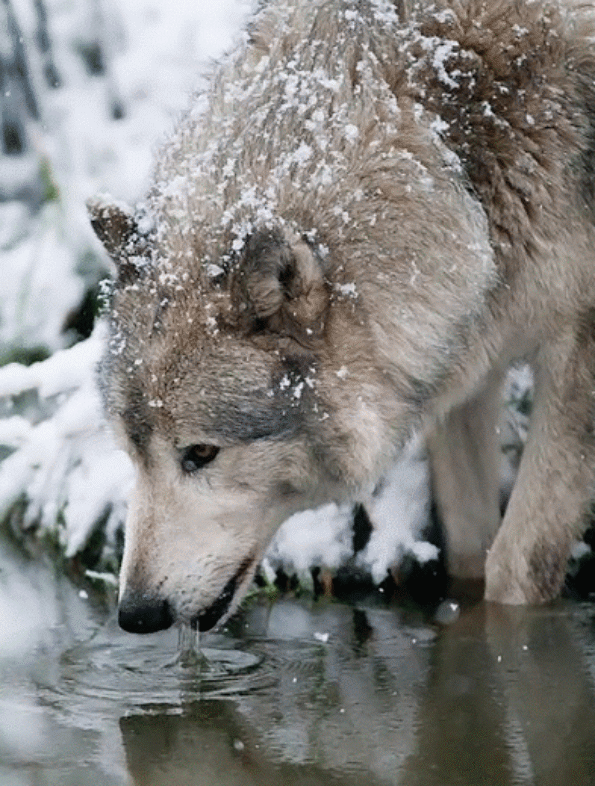
Drifting is defined as the experience of the texture, shape, and general structure of objects and scenery appearing progressively warped, melted, and morphed across themselves.[1][2][3] These alterations gradually increase in intensity as a person stares, but are temporary and will reset to their normal appearance the moment a person double takes.
This effect is capable of manifesting itself across the 4 different levels of intensity described below:
- Peripheral - At the lowest level, visual drifting can be described as a wiggling of straight lines within the external environment. This occurs exclusively within a person's peripheral vision and cannot be directly looked at.
- Direct - At this level, visual drifting does not necessarily increase in intensity, but can now be directly looked at within a person's central line of sight. This partially alters the appearance and form of shapes, objects, and sceneries within the external environment, causing them to subtly drift, bend, and morph.
- Distinct - At this level, visual drifting becomes powerful enough to drastically alter and transform the shape of specific objects within a person's external environment. If one stares at a fixed point and keeps their eyes relatively motionless, the effect can be powerful enough to render objects progressively unrecognizable from their original form.
- All-encompassing - At the highest level of visual drifting, the intensity becomes powerful enough to distort not just specific objects, but every single point of a person's vision and the entirety of the external environment. This creates the appearance of an extremely smudged, warped, and blended mass of unrecognisable visual data.
Drifting is often accompanied by other coinciding effects such as symmetrical texture repetition and tracers.[1][4] It is most commonly induced under the influence of moderate dosages of psychedelic compounds, such as LSD, psilocybin, and mescaline. However, it can also occur to a lesser extent under the influence of certain stimulants and dissociatives such as MDMA or 3-MeO-PCP.
The particular style of this visual effect depends on the specific continuously changing direction, speed, and rhythm of the distortion. This results in a small variety of different manifestations which are defined and listed below:
Morphing
Morphing can be described as a style of visual drifting which is completely disorganised and spontaneous in both its rhythm and direction. It results in objects and scenery appearing to change gradually, morph, and warp in their size, shape, and configuration.
Breathing
Breathing can be described as a style of visual drifting which results in objects and scenery appearing to steadily contract inwards and expand outwards in a consistent rhythm, similar to the lungs of a living organism.
Melting
Melting can be described as a style of visual drifting which results in the texture of objects and scenery appearing to completely or partially melt. It begins at lower intensities as a gradual distortion of an object's texture which causes them to subtly droop, wobble, and lose their structural integrity. This gradually increases until it becomes impossible to ignore as the lines, textures, and colour between solid objects melt into one another in an extremely fluid style.
Flowing
Flowing can be described as a style of visual drifting which seems to occur almost exclusively on textures (particularly if they are highly detailed, complex, or rough in appearance). It results in the textures appearing to flow like a river in a seamless, looped animation. It is particularly common on wood grain or the fur of animals.
Image examples
| Caption | |
|---|---|
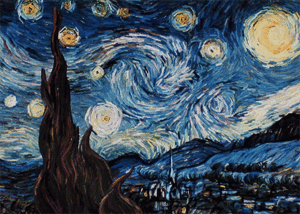 | The Starry Night by Vincent Van Gogh |
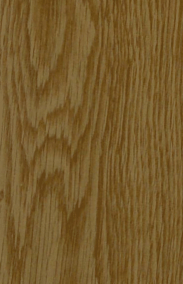 | Breathing wooden post by Chelsea Morgan |
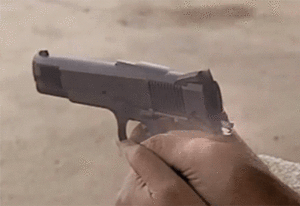 | Drifting gun by Anonymous |
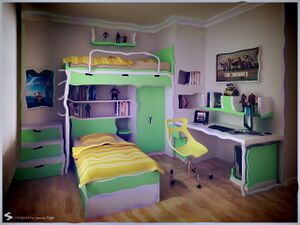 | Drifting by Anonymous |
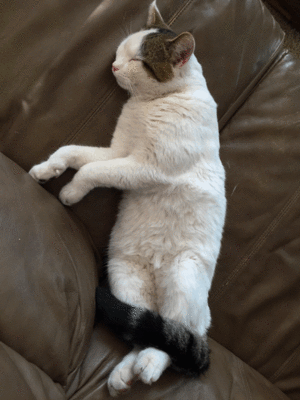 | Drifting Cat by Anonymous |
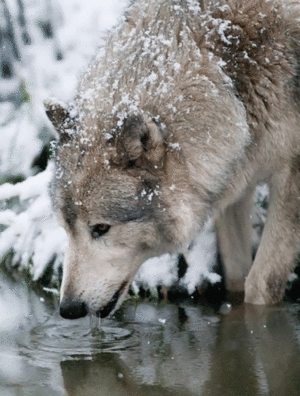 | White Wolf Drinking Water by Anonymous |
 | Mobile phone by Chelsea Morgan |
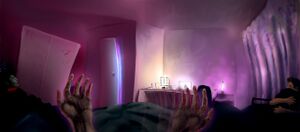 | Visual drifting by Anonymous |
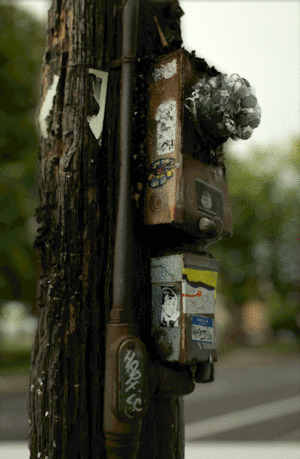 | Breathing wooden post by Anonymous |
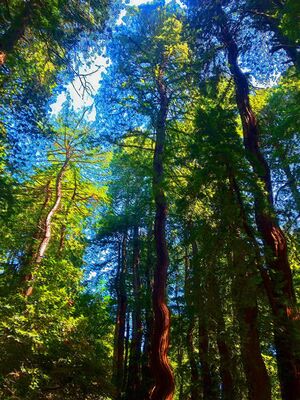 | Redwoods by CountRoloff |
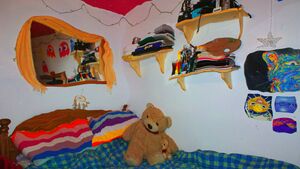 | Wibbly Wobbly Bedroom by Chelsea Morgan |
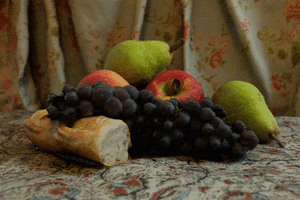 | Flowing fruit by Anonymous |
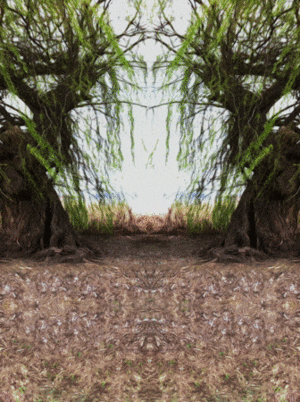 | Symmetric drifting patterns by Anonymous |
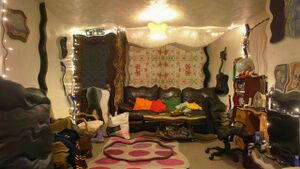 | Living room by Chelsea Morgan |
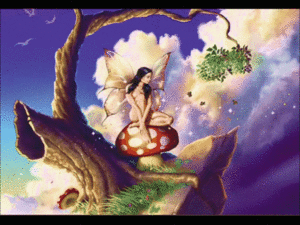 | Lucy the Fairy by StingrayZ |
Variations
The specific differences between each potential style of drifting can be broken down into the following variations and may occur independent of effect intensity:
- Intricate vs. Simplistic – Drifting can alter the external environment in a way that spreads out in many different complex directions and results in the original piece of sensory input becoming completely unrecognisable in appearance. Alternately, it can be simplistic in nature consisting of simple warping, wiggling and bending even at high dosages of psychoactive substances.
- Slow vs. Fast – Drifting can manifest as alterations that progress at a sudden rate and produce fast movement in the visual field or it can manifest gradually and move slowly as a person stares into it.
- Smooth vs. Jittery – Drifting can manifest as a smooth, fluid, and seamless movement or it can manifest as jittery with an extremely slow frame rate that moves in sudden and partial transitions.
- Static vs. Fleeting – Drifting can either freeze in its distorted position until one performs a double take or can be extremely fleeting in nature, resetting almost as soon as a person tries to look directly at it.
- Realistic vs. Unrealistic – Drifting can either look convincingly natural and life-like in its appearance and motion or can look extremely cartoon-like, exaggerated and unrealistic.
Psychoactive substances
Compounds within our psychoactive substance index which may cause this effect include:
- 1B-LSD
- 1P-ETH-LAD
- 1P-LSD
- 1V-LSD
- 1cP-AL-LAD
- 1cP-LSD
- 1cP-MiPLA
- 2-FEA
- 2-FMA
- 25B-NBOH
- 25B-NBOMe
- 25C-NBOH
- 25C-NBOMe
- 25D-NBOMe
- 25E-NBOH
- 25I-NBOH
- 25I-NBOMe
- 25N-NBOMe
- 2C-B
- 2C-B-FLY
- 2C-C
- 2C-D
- 2C-E
- 2C-I
- 2C-P
- 2C-T
- 2C-T-2
- 2C-T-21
- 2C-T-7
- 3,4-CTMP
- 3C-E
- 3C-P
- 4-AcO-DET
- 4-AcO-DMT
- 4-AcO-DiPT
- 4-AcO-MET
- 4-AcO-MiPT
- 4-HO-DET
- 4-HO-DPT
- 4-HO-DiPT
- 4-HO-EPT
- 4-HO-MET
- 4-HO-MPT
- 4-HO-MiPT
- 5-Hydroxytryptophan
- 5-MeO-DALT
- 5-MeO-DMT
- 5-MeO-DiBF
- 5-MeO-DiPT
- 5-MeO-MiPT
Experience reports
Anecdotal reports which describe this effect within our experience index include:
- Experience: 15mg 2C-B (oral) - A pleasant low-dose evening with Nexus
- Experience: 18 mg 2C-I - Visually intense and strong bodily sensations
- Experience: 22mg 2C-B (oral) / 100ug 1P-LSD (sublingual) - My first time tripping alone (2 days in a row)
- Experience: 25mg 2C-E (oral) - A mindblowing experience
- Experience: 300mg DXM (Oral) - Brink of the third
- Experience: 32mg 2C-B - Bromo Mescaline
- Experience: 36mg 4-AcO-DiPT - Truly, one for the psychedelic animals among us
- Experience: 450 Datura seeds - Talking to Ghosts
- Experience: 5-EAPB (60mg) + 2-FMA (20mg) + 4-AcO-DMT (10mg) - Emotional catharsis
- Experience: 80mg EPT - Bummer
- Experience: 80mg EPT - Slight improvement
- Experience: LSD (Unknown dosage) - My experiences with LSD and anorexia/bulemia
- Experience:1000 Morning Glory seeds - Rediscovering the Self
- Experience:100ug 1P-LSD - A Fear and loathing into Bliss
- Experience:1050 µg 1cP-LSD - The matrix
- Experience:1064mgs - Fascinating DXM experience - Unusual effects
- Experience:120mg - Garden of The Gods
- Experience:120µg LSD - First Bad Acid Trip, Psychosis
- Experience:150mg MDMA + 20mg 2C-B - I designed it this way myself
- Experience:170mg 4-AcO-DMT - Recklessness rewarded
- Experience:1mg 25c-NBOMe - Experiment in my room
- Experience:2 grams Psilocybe Cubensis + 2.7 grams Syrian Rue - The Psilohuasca Albino Fox
- Experience:2 hits of LSD + weed - Mindfuck
- Experience:2 x 150 LSD tabs
- Experience:2.5g - Swim's first mushroom trip
- Experience:2.5g Mushrooms + 500mg DMT
- Experience:2.5g Peganum Harmala + 250µg LSD - Ecstasy of Love and Misanthropy
- Experience:2.5g Syrian rue + 6g Mimosa Hostilis - Becoming God (my second experience with unity)
- Experience:20x Extract - a tall humanoid figure wearing a white cloak
- Experience:225ug - Sheer Awe and Joy
- Experience:225ug LSD + 9g cubensis - Galactic Melt and the Meverse
- Experience:250 seeds - Harsh body load
- Experience:250mg MDA / 250mg MDMA - unnecessarily large dosage
- Experience:25mg (insufflated) - Simultaneously amazing and horrible
- Experience:25mg Quetiapine - Nice buzz
- Experience:2g Syrian rue + 1g Mimosa Hostilis - These voices are the building blocks of consciousness
- Experience:2mg 25C-NBOMe - Experimental trip to test personal limits of NBOMes
- Experience:3 drops of cinnamon bark oil/ 5 drops of german chamomile oil/ 2mL of nutmeg oil in lecithin - experiments with nutmeg oil
- Experience:3.5g Syrian rue + 30g Mimosa Hostilis brew - flying through a rainbow tunnel
- Experience:3.5g psilocybe cubensis - Relinquishing of Material Chains/Fear and Desolation
- Experience:300µg AL-LAD - Don't worry, because you're everyone!
- Experience:300µg LSD - Togetherness and the Silent Dusk
- Experience:30mg (smoked) DMT - The Monolith
- Experience:30mg - Horrible bodyload
- Experience:30mg - Psychostimulant egodeath
- Experience:30mg 4-HO-MiPT - Positively groovy
- Experience:337mg DMT fumarate - A Day With DMT
- Experience:354mg DXM, weed, nicotine - Descending into the void
- Experience:4-AcO-DMT + 200mg Pill
- Experience:4-HO-DET (20 mg, oral) - Tripping for my birthday
See also
- Responsible use
- Subjective effects index
- Psychedelics - Subjective effects
- Dissociatives - Subjective effects
- Deliriants - Subjective effects
External Links
References
- ↑ 1.0 1.1 Bersani, Francesco Saverio; Corazza, Ornella; Albano, Gabriella; Valeriani, Giuseppe; Santacroce, Rita; Bolzan Mariotti Posocco, Flaminia; Cinosi, Eduardo; Simonato, Pierluigi; Martinotti, Giovanni; Bersani, Giuseppe; Schifano, Fabrizio (2014). "25C-NBOMe: Preliminary Data on Pharmacology, Psychoactive Effects, and Toxicity of a New Potent and Dangerous Hallucinogenic Drug". BioMed Research International. 2014: 1–6. doi:10.1155/2014/734749. ISSN 2314-6133.
- ↑ Kleinman, J. E.; Gillin, J. C.; Wyatt, R. J. (1977). "A Comparison of the Phenomenology of Hallucinogens and Schizophrenia From Some Autobiographical Accounts*". Schizophrenia Bulletin. 3 (4): 560–586. doi:10.1093/schbul/3.4.560. ISSN 0586-7614.
- ↑ Muthukumaraswamy, S. D.; Carhart-Harris, R. L.; Moran, R. J.; Brookes, M. J.; Williams, T. M.; Errtizoe, D.; Sessa, B.; Papadopoulos, A.; Bolstridge, M.; Singh, K. D.; Feilding, A.; Friston, K. J.; Nutt, D. J. (2013). "Broadband Cortical Desynchronization Underlies the Human Psychedelic State". Journal of Neuroscience. 33 (38): 15171–15183. doi:10.1523/JNEUROSCI.2063-13.2013. ISSN 0270-6474.
- ↑ Papoutsis, Ioannis; Nikolaou, Panagiota; Stefanidou, Maria; Spiliopoulou, Chara; Athanaselis, Sotiris (2014). "25B-NBOMe and its precursor 2C-B: modern trends and hidden dangers". Forensic Toxicology. 33 (1): 1–11. doi:10.1007/s11419-014-0242-9. ISSN 1860-8965.